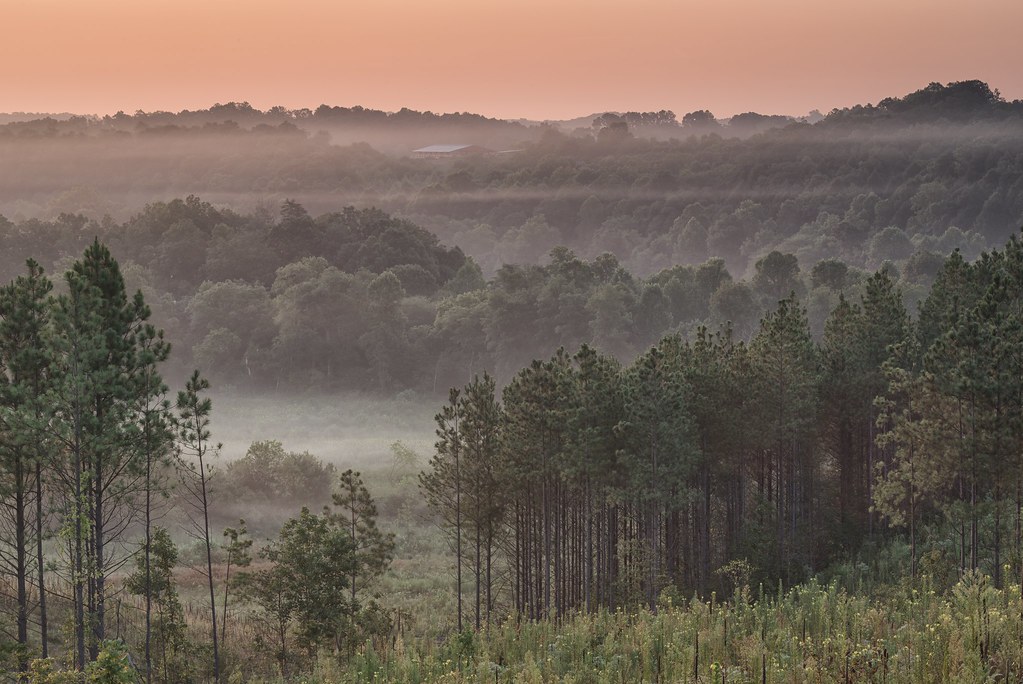So... I own a K-1 and am aware of the Pixel Shift feature and use it a fair bit myself, however up until now I have used it solely with motion correction off and with the K-1 mounted on a tripod (obviously with IS off and more often than not a 2 sec timer as well).
Of late I have seen a couple of pictures on flickr with a few different people taking hand held pixel shifted images, either landscape or perhaps of someone sitting on a bench. I know from my own use when snapping insects, even a 1-2 second exposure can mean the entire shot takes 4-8 seconds to complete so you're hoping the insect won't move during that time, so I noticed from the EXIF of some of these hand held pixel shifted shots the shutter speed is increased to 1/1600 for example and the ISO upped to 400 to compensate for correct exposure.
It got me thinking... is there a trade off when using pixel shifting vs the end results of a 'regular normal' shot whereby shutter speed and ISO perhaps are lower?
I had a quick go at hand held pixel shifting in my garden earlier, and it felt like that even when i raise shutter speed substantially the 4 shots still take the same time...

Example; I could set the shutter speed to 1/1600 or 1/250, and the complete process (not counting the actual 'stitching and processing image part at the end')
still felt the same.
I know from my own experience of using the HDR feature hand held, the results are less than stella. I much prefer bracketing and processing off camera, and one step further.. to use a tripod in that process as well.
I just have serious doubts about hand holding the K-1 for pixel shifting... prove me wrong!
No.. but in all seriousness, has there been a more indepth comparison of hand held pixel shifting vs regular shooting and whereby the trade off occurs? If you start having to go above ISO 800 for example, is the extra noise vs the extra sharpness not worth it? Is this all subjective?
Cheers,
Bruce








 Similar Threads
Similar Threads 






















